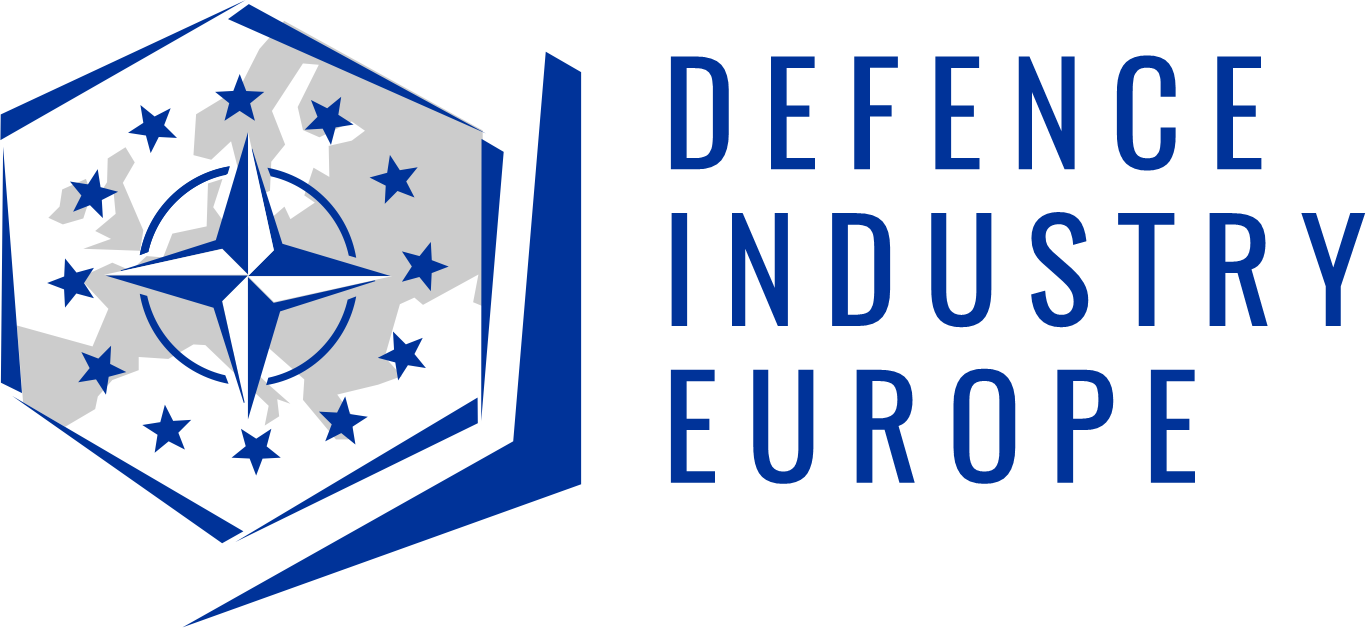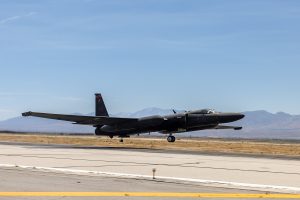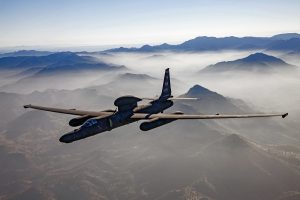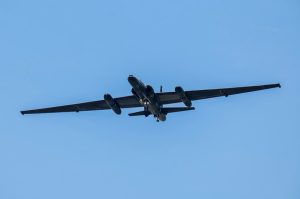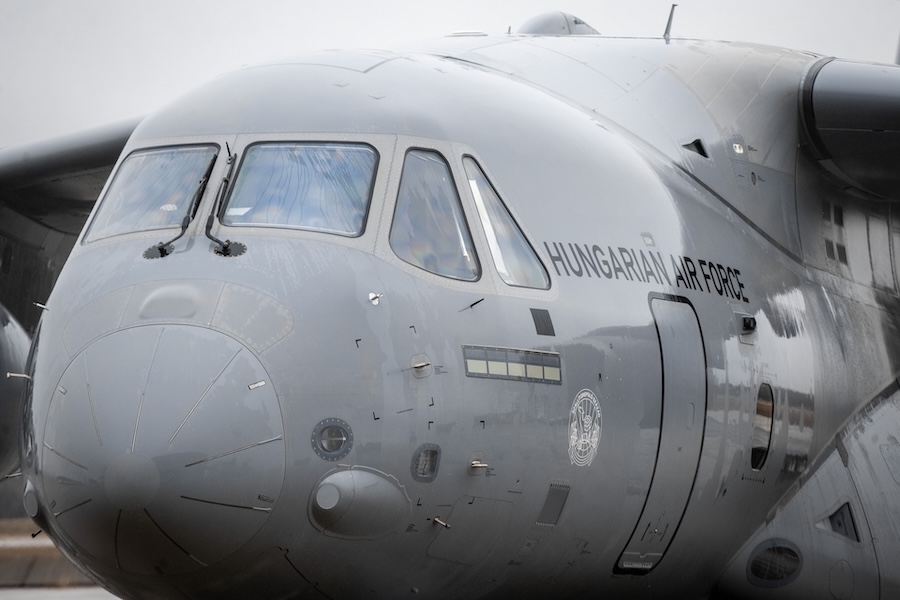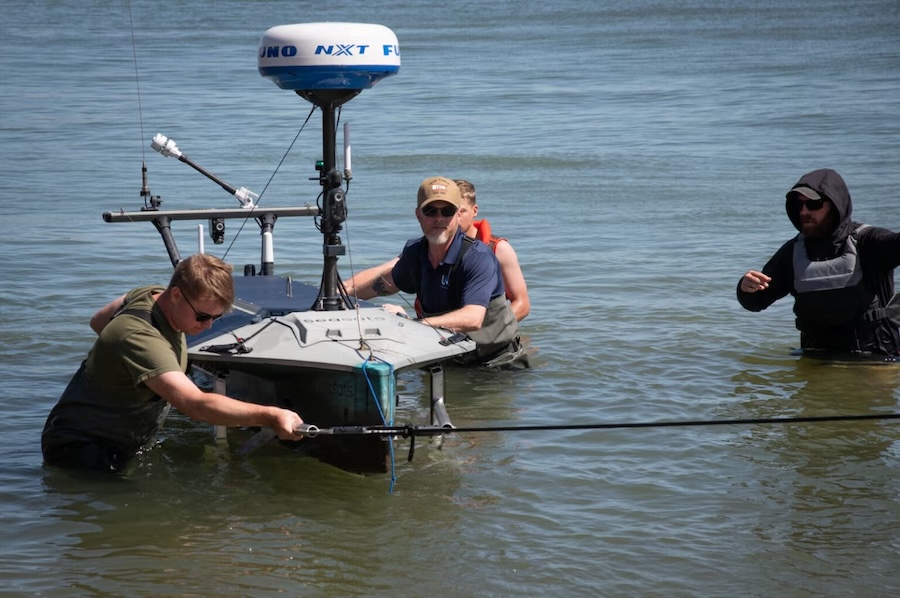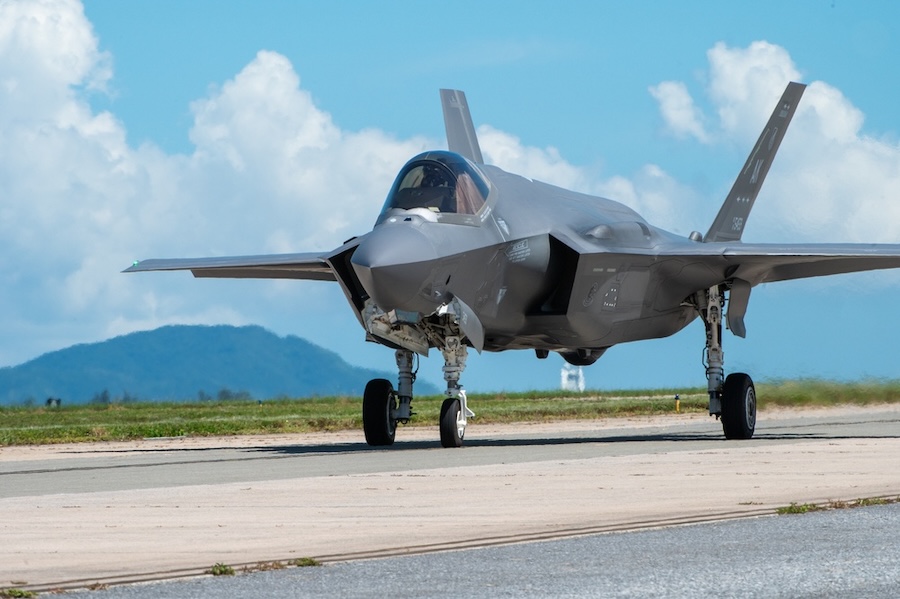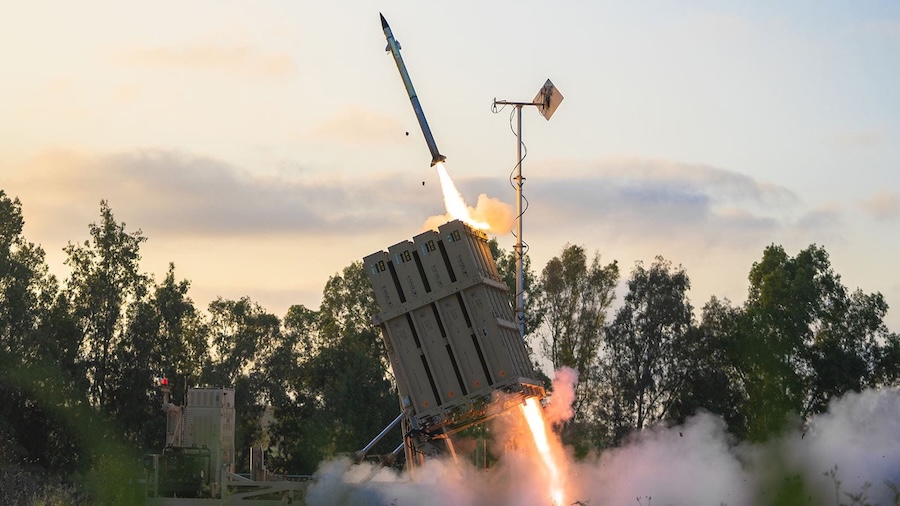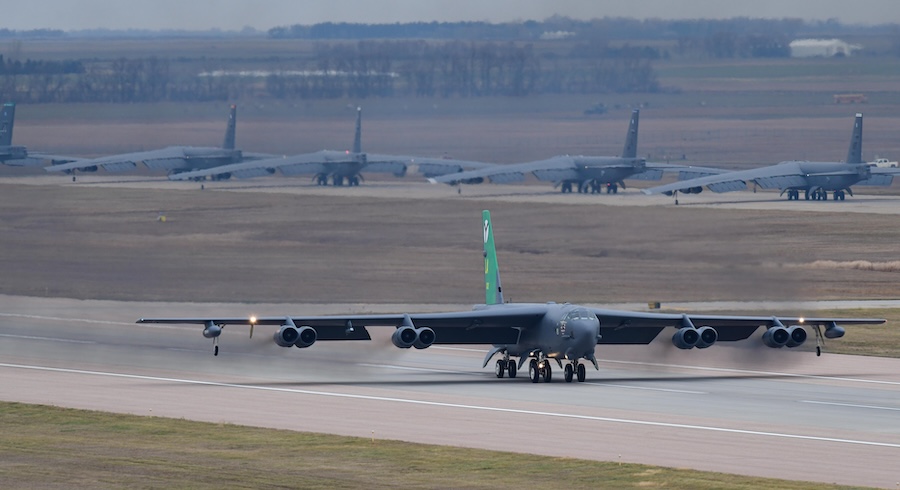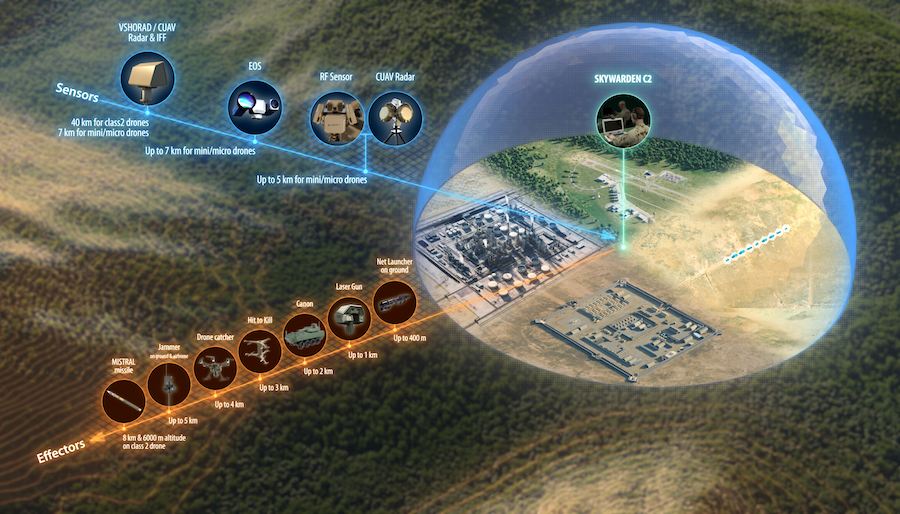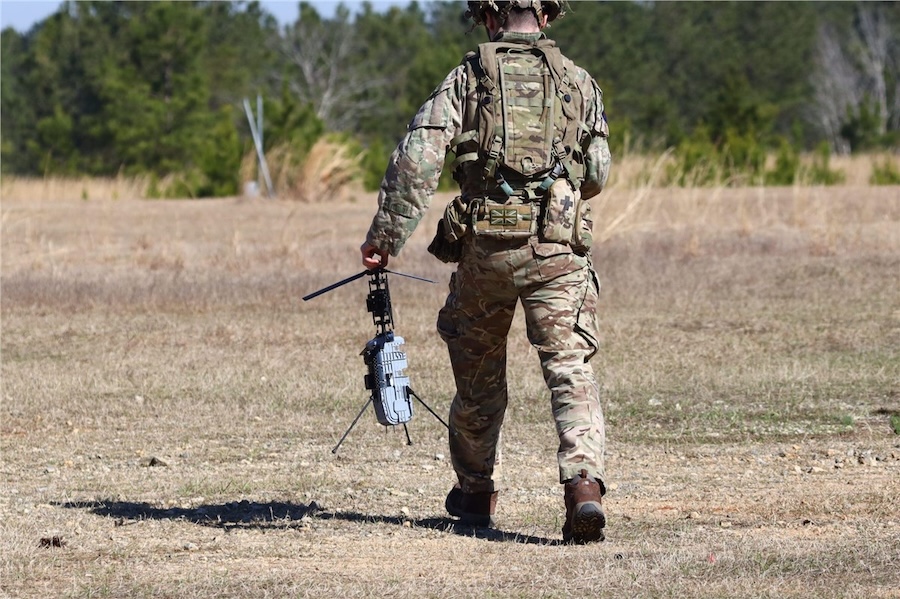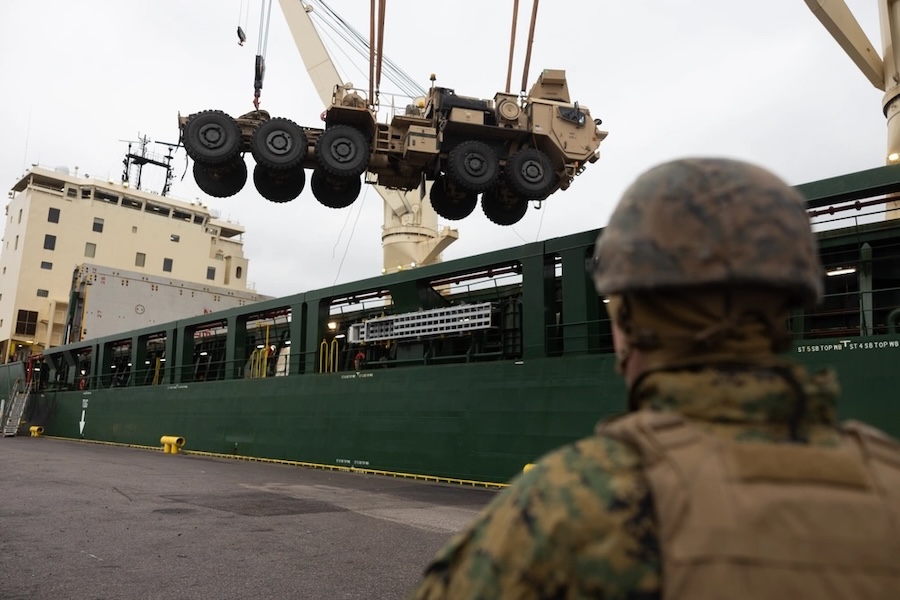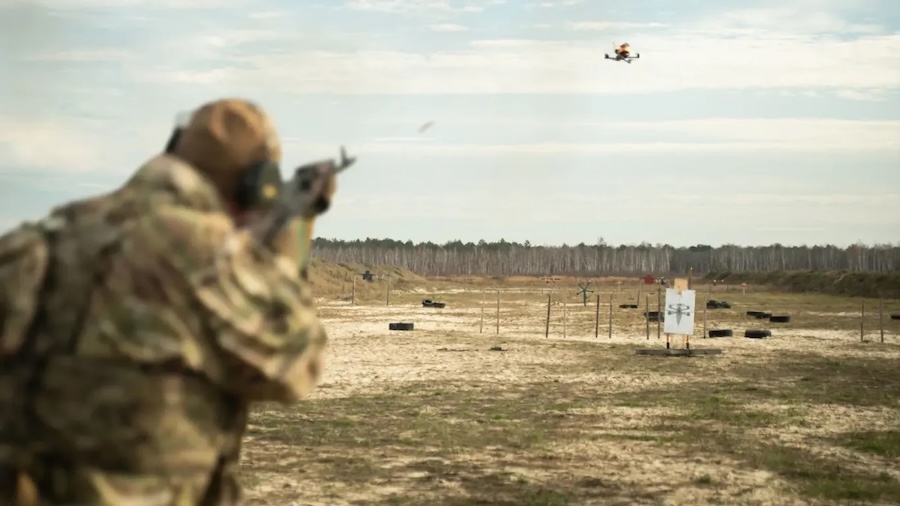Seventy years after the U-2’s unintentional maiden flight by Tony LeVier in 1955, the Dragon Lady once again pushed its boundaries in a demonstration of endurance and technical capability. The U-2, a Cold War icon, remains crucial to high-altitude reconnaissance missions and continues to play vital roles in disaster response and search-and-rescue operations.
“This flight is historic, and it is fitting that it was planned and flown by aircrew from the 1st Reconnaissance Squadron, America’s longest-serving flying unit,” said Lt. Col. John “JESTER” Mattson, squadron commander. “The character of war is changing, but our extreme ownership of our mission to build aircrew ready to exploit and dominate the electromagnetic spectrum and win, will never change.”
The mission was piloted by Cory “ULTRALORD” Bartholomew, U-2 instructor pilot and flight safety officer, alongside Lt. Col. “JETHRO”, the U-2 chief pilot, combining the highest number of U-2 flight hours in a single cockpit. The flight tested the operational limits of both the aircraft and its pilots, requiring physical endurance at altitudes above 70,000 feet.
“Eleven years ago, I realised just how far we could hypothetically fly the U-2 if we really wanted to push its limits,” said “ULTRALORD”. “Now that we’re on the 70th anniversary of the U-2, 70 years at 70,000 feet, it seemed right to demonstrate the true capability of this aircraft.”
Mission planning was critical to making the flight a reality, with Stephen “SCOTCH” Johnson leading the effort to plot the complex route while avoiding foreign airspace and managing environmental factors. “I’m proud to be a part of this record flight and put ULTRALORD’s vision into reality,” said Johnson, 1st RS mission planner. “This flight’s length makes it more difficult than usual so there were special challenges to overcome in its planning.”
The mission also marked a milestone for the squadron’s mission planning software, which had not previously supported such a complex and lengthy operation. The flight served as a proving ground for future uses of the tool in advanced reconnaissance missions.
Personnel from the 9th Physiological Support Group and 9th Aircraft Maintenance Squadron played vital roles in enabling the mission’s success. Both teams adjusted their operations to meet the unique demands of the record-breaking flight.
“We already have to be perfect on every single flight, so with this one it just meant maintaining that standard of excellence,” said Technical Sgt. Christopher Burdi from the physiological support team. “We had to ensure no incidents would occur for a longer flight than ever before… but it was nothing we couldn’t handle or continue to.”
The maintenance team, known as the “Dragon Keepers”, took additional precautions to ensure the aircraft’s integrity throughout the mission. Their efforts reflect the broader team coordination required to keep the U-2 operational and safe at the extremes of its performance envelope.
As well as celebrating the aircraft’s capabilities, the flight paid tribute to its 70-year legacy and those who have served in the U-2 community. Just over 1,000 pilots have ever flown the Dragon Lady, and the flight honoured fallen comrades by passing over locations tied to their memory.
“The incredible thing about this flight is that it shows not only the capabilities of the U-2, but that of our Air Force’s most important asset, it’s people,” said Col. Keagan McLeese, 9th Reconnaissance Wing commander. “Our Airmen demonstrated they are mission-ready in using the skills, adaptability, and innovation it takes to generate global air power.”

